Who was the Author of Stewarts of the South?
The document known as Stewarts of the South was written sometime around 1815-1820 by an unknown author. For more than twenty years we have wrongly believed that the author was Capt. James Stewart, Factor to the Duke of Atholl.
Stewarts of the South is not a single manuscript, but is actually a collection of letters written over a period of several years. The letters comprised an inventory of all Stewart families living in southwest Perthshire, Scotland in the early 19th century. The inventory was commissioned by Major-General David Stewart of Garth (who was, at the time, still a Colonel) who was the recipient of the original letters. The author of the letters was someone working for Garth. The collection of letters became part of the Garth estate records which were later inherited by Stewart of Garth biographer, James Irvine Robertson, who first published them online around 2002.
The letters are unsigned, and the author never identifies himself beyond saying, “The family that I am of, about five generations back, came up from Dunkeld to be factors to the family of Athol.” This comment, and other internal evidence, led Mr. Robertson to originally suggest that the author may have been Captain James Stewart who served as one of the factors to John Murray, 4th Duke of Atholl, from 1816 to 1818. Australian descendants of Captain James Stewart challenged Mr. Robertson on this suggestion based on the fact that the handwriting in the letters does not match with other correspondence by Captain James Stewart. We found the internal evidence more compelling than the amateur handwriting analysis.
Thus, for twenty years, we, at the Stewarts of Balquhidder Research Group, agreed with Mr. Robertson’s suggestion and, over time, treated it as accepted fact that Capt. James Stewart was the author of the letters…until now.
We were wrong.
Capt. James Stewart, Younger of Fincastle, Factor of Atholl
While we formerly believed that Capt. James Stewart, Factor of Atholl, was the author of Stewarts of the South, we didn’t know which Capt. James Stewart he was. There were a lot of men named James Stewart who served in the military in the early 19th century. Very recently, researcher Petra Sergent was able to confidently identify Capt. James Stewart as being a younger son of Gilbert Stewart, 10th of Fincastle. James was born about 1765, probably at Fincastle, and lived at the lesser properties of Allein and Kinvead, before eventually losing those properties and retiring in diminished circumstances.
Now that we know the identity of Capt. James Stewart, Factor of Atholl, it is clear that he did not match the self-description given by the author of Stewarts of the South. His ancestors “about five generations back” did not come from Dunkeld. They had lived for ten generations at Fincastle, twenty miles north of Dunkeld. And, while James himself may have served a two-year term as one of the Duke of Atholl’s factors, none of his ancestors had ever held that office. Furthermore, professional historian and researcher, Gordon MacGregor (author of the Red Book of Scotland) asserted that no younger son of an aristocratic, landed family would ever refer to himself as the descendant of an estate servant from five generations ago. He would have referred to himself as being “of the house of Fincastle” or some such similar language.
Thus, our long-held canonical theory evaporated.
Re-examining the Evidence
“The family that I am of, about five generations back, came up from Dunkeld to be factors to the family of Atholl.”
Unknown Author of Stewarts of the South
The author refers to himself as the descendant of former factors to the Duke of Atholl. Nowhere does he actually refer to himself as also being a factor. For twenty years we have merely jumped to the conclusion that he meant that he came from a long line of factors extending back about five generations, including himself. We were wrong in that assumption.
The only facts we can actually discern from the author’s self-description are:
- Given the historical time period, the phrase “the family that I am of” most likely refers to the male line. Had it been a female line, he would more likely have said “the family that my mother is of” (or grandmother, etc.).
- He uses the plural “factors” which suggests that he has more than one person from his family history who served as a factor to the Duke of Atholl.
- He may or may not be directly descended from the former factors. He merely states that he came from the same family. In fact,
- His past family members who served as factors lived about five generations back, but he is uncertain about the exact number of generations. His uncertainty may be do to the fact that he is not a direct descendant but comes from a different branch of the same family.
- His family originally came from Dunkeld.
UPDATE: One additional clue is that the author refers to James Stewart in Woodend of Balquhidder as “a colleague.” James was a descendant of Line 4 of the Stewarts of Lednascriddan. James was born about 1788. His occupation is unknown but his son was a gamekeeper to the Murray family on the Ochtertyre estate.
The Factors to the Duke of Atholl
John Murray, 1st Duke of Atholl, (1660-1724), son of John Murray, 1st Marquess of Atholl, was created 1st Earl of Tullibardine by King William III in 1696 and succeeded his father as 2nd Marquess of Atholl. He was later created the 1st Duke of Atholl by Queen Anne in 1703 — a promotion from rank of Marquess to Duke.
A factor was a business clerk who served in the capacity of an estate manager — relatively synonymous to the office of steward. The Atholl estates were large enough that two or three factors were often required to manage the full estates. Each factor oversaw a portion of the full estates. At various times, one of these factors appears to have served as a senior factor over the others.
A Social History of the Atholl Estates, 1685-1785*, by Leah Leneman, PhD, 1982, identifies the names of several of the prominent factors who served the Dukes of Atholl through most of the 18th century. It was not Leneman’s purpose to provide a catalogue of all the estate factors. She merely cites many of their correspondences in discussing the social history of the estate. From her work, we can extract a list of factors, which is almost certainly incomplete:
*Please note that this link directs your browser to a downloadable pdf document, not to a web page. Depending on your settings, your browser may automatically download this pdf when you click the link.
Leneman references the following estate factors:
- David Craich factor for the Tullibardine portion of the estate in 1711
- Alexander Murray, who served as senior factor to the first three Dukes of Atholl from 1713-1741 and who lived in Dunkeld.in 1735 where he served as an elder to represent Dunkeld presbytery. at the General Assembly that year.
- James Murray-alias-McGregor is listed as a factor during the years 1721-1742
- William Murray, was a factor in 1723
- Commissary Thomas Bissett was a factor for the Logierate portion of the estates in 1723. In 1741, he succeeded the late Alexander Murray as senior factor in Dunkeld, where he served until 1766 (probably his year of death).
- Humphrey Harrison also served as factor from 1742-1760 and also lived in Dunkeld
- Archibald Steuart is listed as one of the factors from 1751-1753
- Thomas Bissett, nephew to Commissary Thomas Bissett, served as assistant factor from 1750-1766, then succeeded his uncle as senior factor from 1766-1778
- Capt. James Stewart of Urrard was factor for the Highland Estates during the years 1771-1775. (He was not related to Capt. James Stewart, younger of Fincastle, who served as factor from 1816-1818.)
From this list, we’re trying to identify a family with more than one factor who would have lived “about five generations back” from the author. Three possibilities emerge: the Murrays, the Bissetts, and the Stewarts (Steuarts).
There is no indication as to whether the three Murray factors are related or not. We also don’t know if Alexander Murray and William Murray were Murrays by blood or, like James Murray-alias-MacGregor, if they too may have been alias-MacGregor.
Similarly, we don’t know if Archibald Steuart was related to Capt. James Stewart of Urrard. They were also probably too recent to have been considered “about five generations back.”
The only factors who are explicitly stated as being from the same family are the Bissetts. They were uncle and nephew. Their family also came originally from Dunkeld, and they lived about five generations back from the author of Stewarts of the South. While they may be an exact match with what we know of the family of the author, it’s still not enough information to be certain that the author was a Bissett. As our information is incomplete, there could be another family with more than one factor that we don’t know about.
All we can say with confidence is that, based on the incomplete information we have so far, the only family who matches the author’s self-description is that of the Bissett family. So let’s examine the Bissett family more closely and see if they provide us with any more clues.
Thomas Bissett, Factor to the Duke of Atholl
Gordon MacGregor’s Red Book of Scotland presents a five-page thorough family tree for the Bissett family from which we can excerpt the following relevant information:
James Bisset, born ca. 1660, who was Clerk of the Regality Court of Atholl, about 1720. He had several children, including:
—– 1, John Bissett, b. 1688. He died young without children.
—– 2. Thomas Bisset Sr. of Glenalbert, (1689-1774). He served as Commissary of Dunkeld. He also served from 1723-1741 as a junior factor to the Duke of Atholl under Alexander Murray and succeeded Murray as senior factor in 1741 until his retirement in 1766 at the age of 77 when he was succeeded by his nephew, Thomas Bissett (the younger). He had the following children:
———- i. James Bissett (b. ca. 1715), who served as a Commissary. He had:
————— a. One son who appears to have had no descendants.
———- ii. Dr. Charles Bissett, MD, (b 1717). He moved to Yorkshire and appears to have had no children.
———- iii. Thomas Bissett, Jr, (b. 1722). According to the Captain Cook Society, he may have served on the naval crew of the famous explorer, Capt. James Cook. He had:
————— a. Three sons about whom little is known.*
———- iv. Capt. Robert Bissett (b. 1729). He had one son who died without children.
———- v. David Bissett, emigrated to Maryland, USA. He died without children.
—– 3. James Bissett, b. 1693. Nothing more is known of him. He may or may not have had sons.*
—– 4. Patrick Bissett, b. ca. 1695
———- i. Thomas Bissett (the younger) (ca. 1720 – ca. 1778) who served under his uncle as Factor to the Duke of Atholl beginning about 1750. His specific responsibilities included supervision of the portion of the Atholl estates located in Balquhidder. He succeeded his uncle in 1766 as senior factor and served in that capacity until 1778. He had:
————— a. One daughter and no sons
———- ii. Three other sons and two grandsons.*
—– 5. Rev. Robert Bissett, Minister at Blair Atholl, b. 1697. He had a large family including:
———- i. Rev. Thomas Bissett, Minister of Logierait, b. ca. 1735. He had:
————— a. A son who had
——————– i. six sons.*
————— b. Five other sons who had unknown descendants.*
———- ii. Three other sons who had unknown descendants.*
* each of these points in the tree produced male descendants into the early 19th century.
The patriarch of this family, James BIssett, Clerk of the Regality Court of Atholl, although not strictly a factor, was still a clerk to the estates of the Duke of Atholl and would have functioned in a manner similar to a factor. This could be seen by a later descendant describing his family as being the equivalent of a third generation of factors to the Duke of Atholl.
There are at least six points in this tree (shown by asterisks) with open male descendant lines comprising at least twenty males in the fourth and fifth generations of this family any one of whom could fit the self-description of the author of Stewarts of the South himself or be the father or even the grandfather of the author. If we were to extend that out another generation or two, we could easily potentially double the number of contenders to over forty all of whom could still fit the author’s self-description.
Who is the Author of Stewarts of the South?
Given the information currently available to us, the Bissett family seems the most likely to be the author’s family. Within the Bissett family we could have up to forty or more contenders who could fit the author’s self-description, many of whom we know nothing about and cannot identify them.
Since we do not possess a comprehensive list of all the factors who served the estate of Atholl during the 18th century, we cannot eliminate the possibility that there might be another family (or more than one) who also had multiple estate factors.
At this point, we can only conclude that Capt. James Stewart, previously believed to be the author of Stewarts of the South, was not the author. Based on current but incomplete information, we can say that the Bissett family is presently the most likely family of origin for the author, but we cannot eliminate other possibilities. And, within the Bissett family alone there are potentially forty or more possible candidates who could be the author, many of whom we know nothing about.
James Irvine Robertson inherited the complete collection of papers belonging to the estate of David Stewart of Garth. If there was any entry in those papers that identified the author then James would have found it and would have shared it. Thus, we know that there is nothing in the Garth records that indicates who David Stewart of Garth commissioned to inventory the Stewarts of the South.
It will likely never be possible to confidently identify the author of Stewart of the South short of stumbling across an as-yet undiscovered journal entry by the author himself stating “I worked for David Stewart of Garth to inventory the Stewarts of the South.”


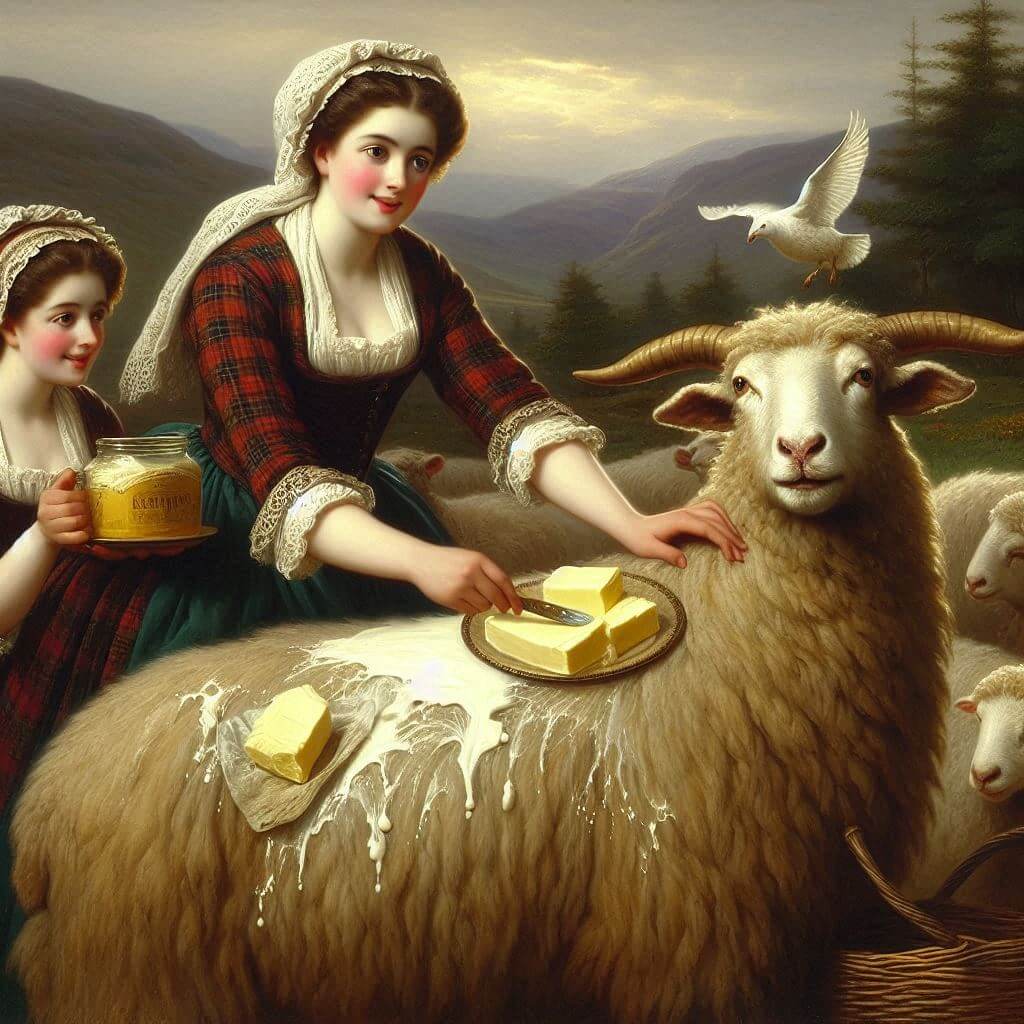
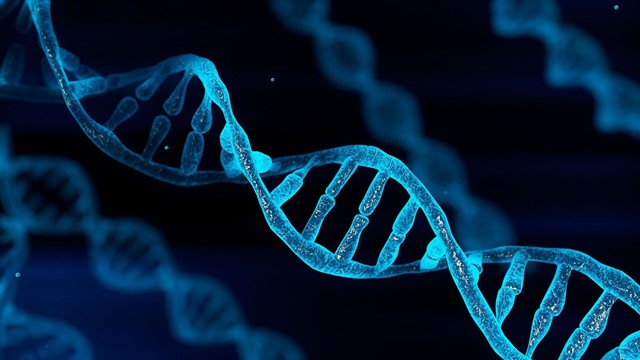
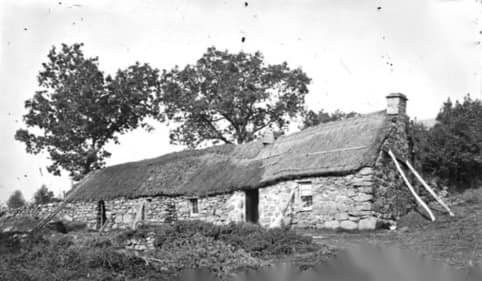
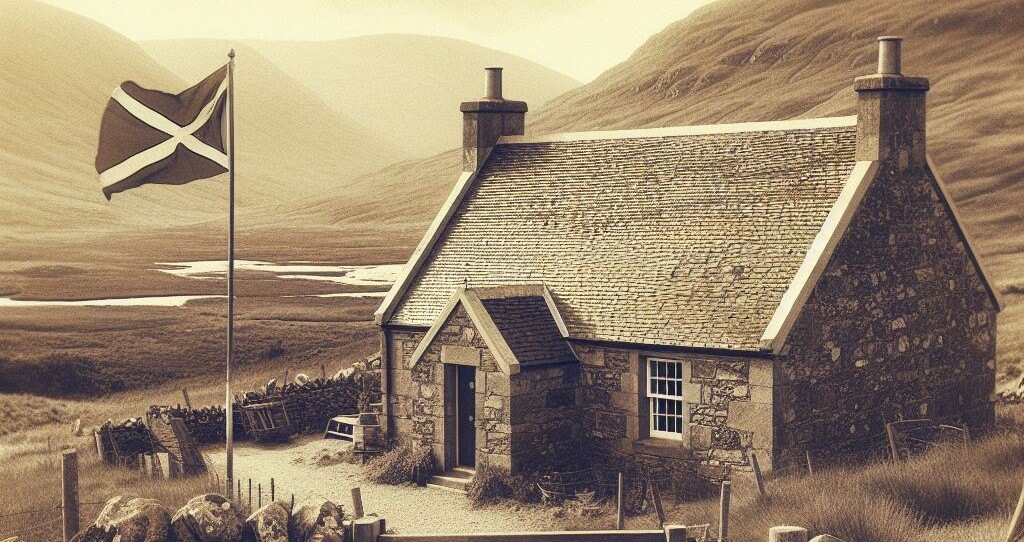
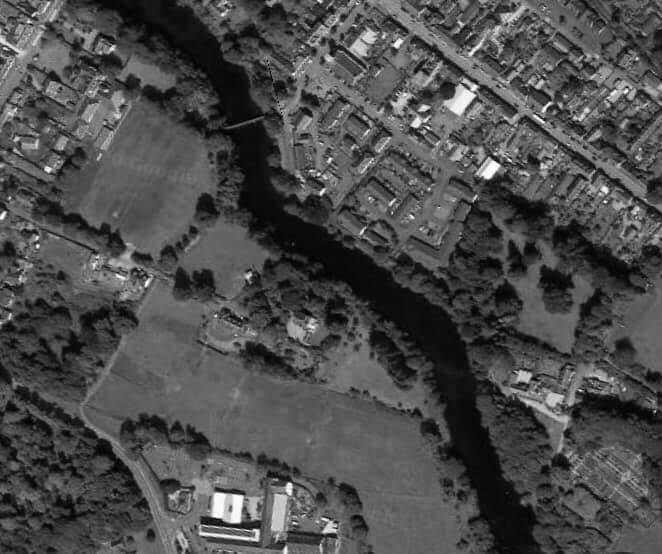
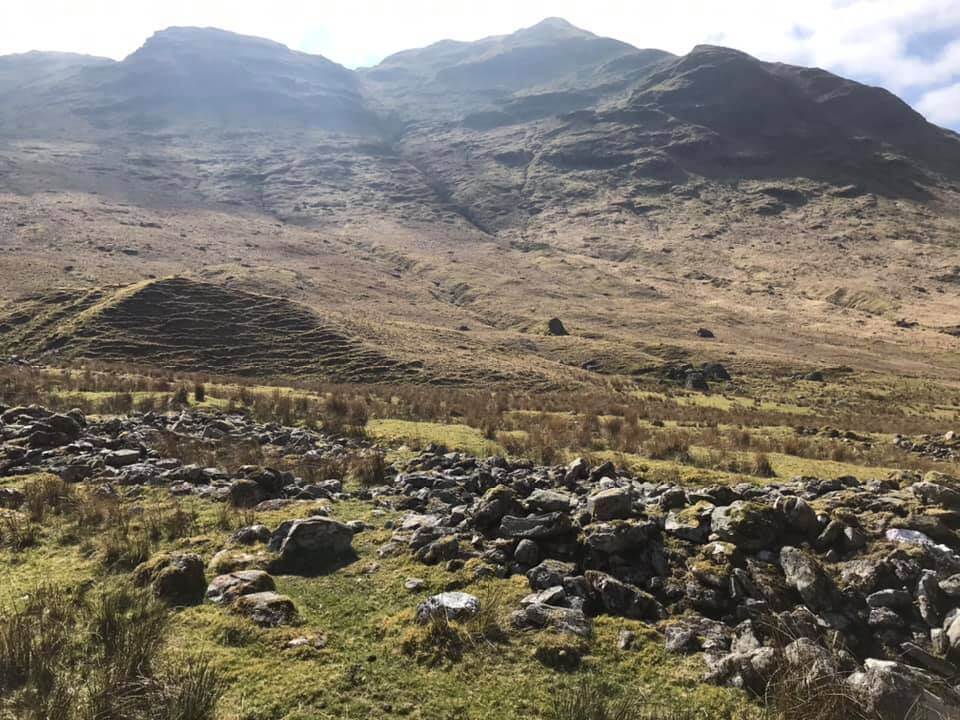
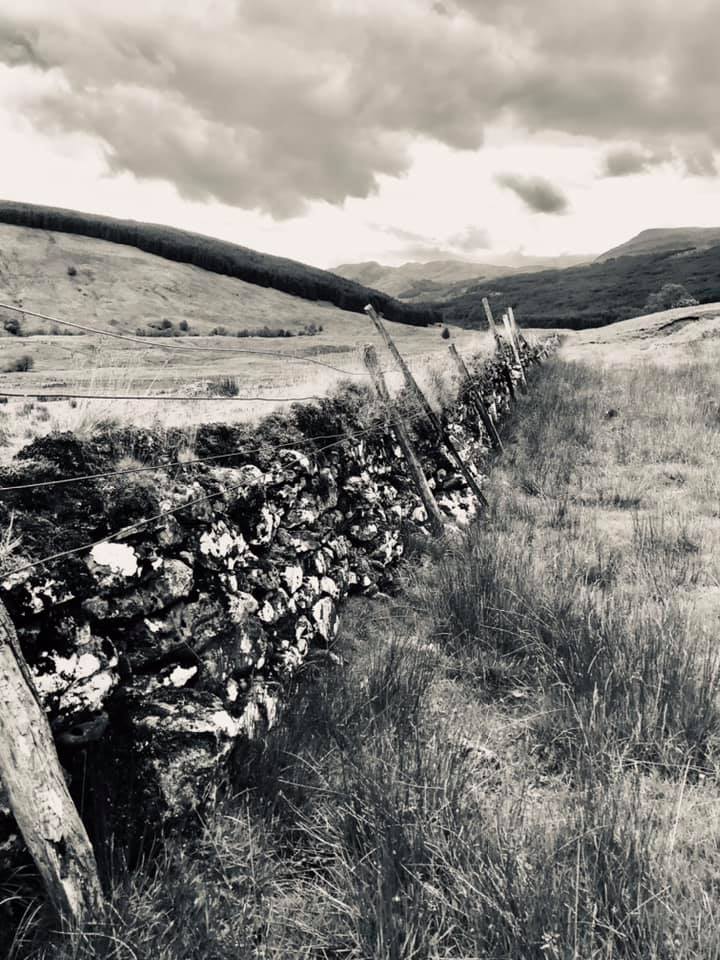
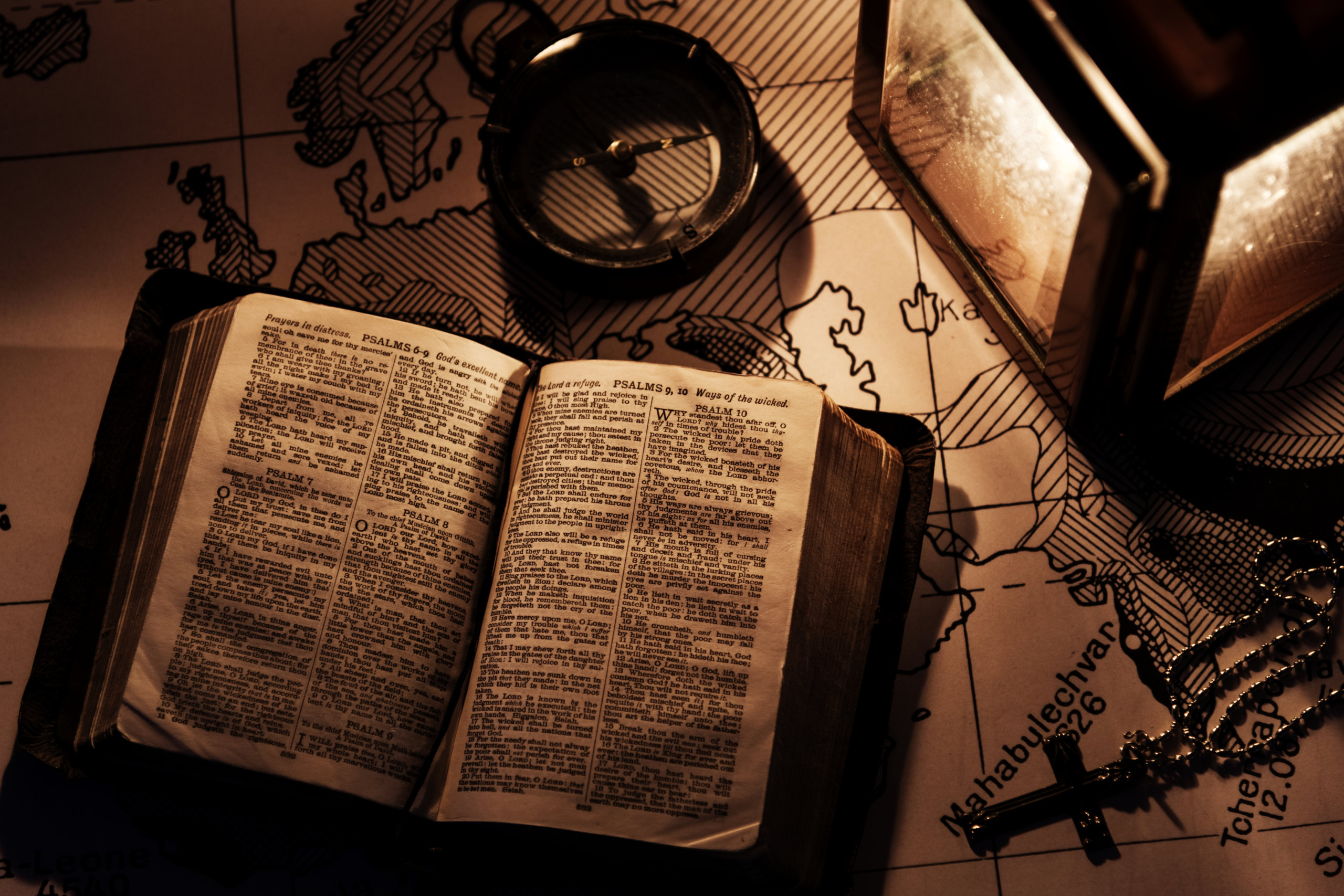
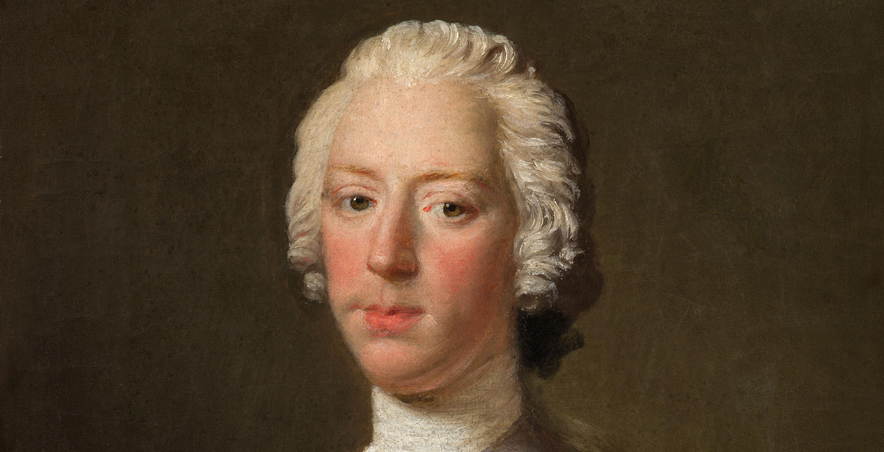
0 Comments